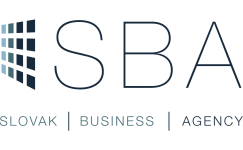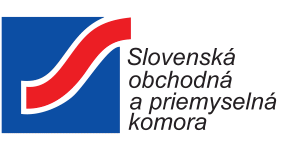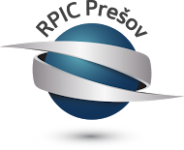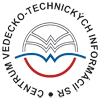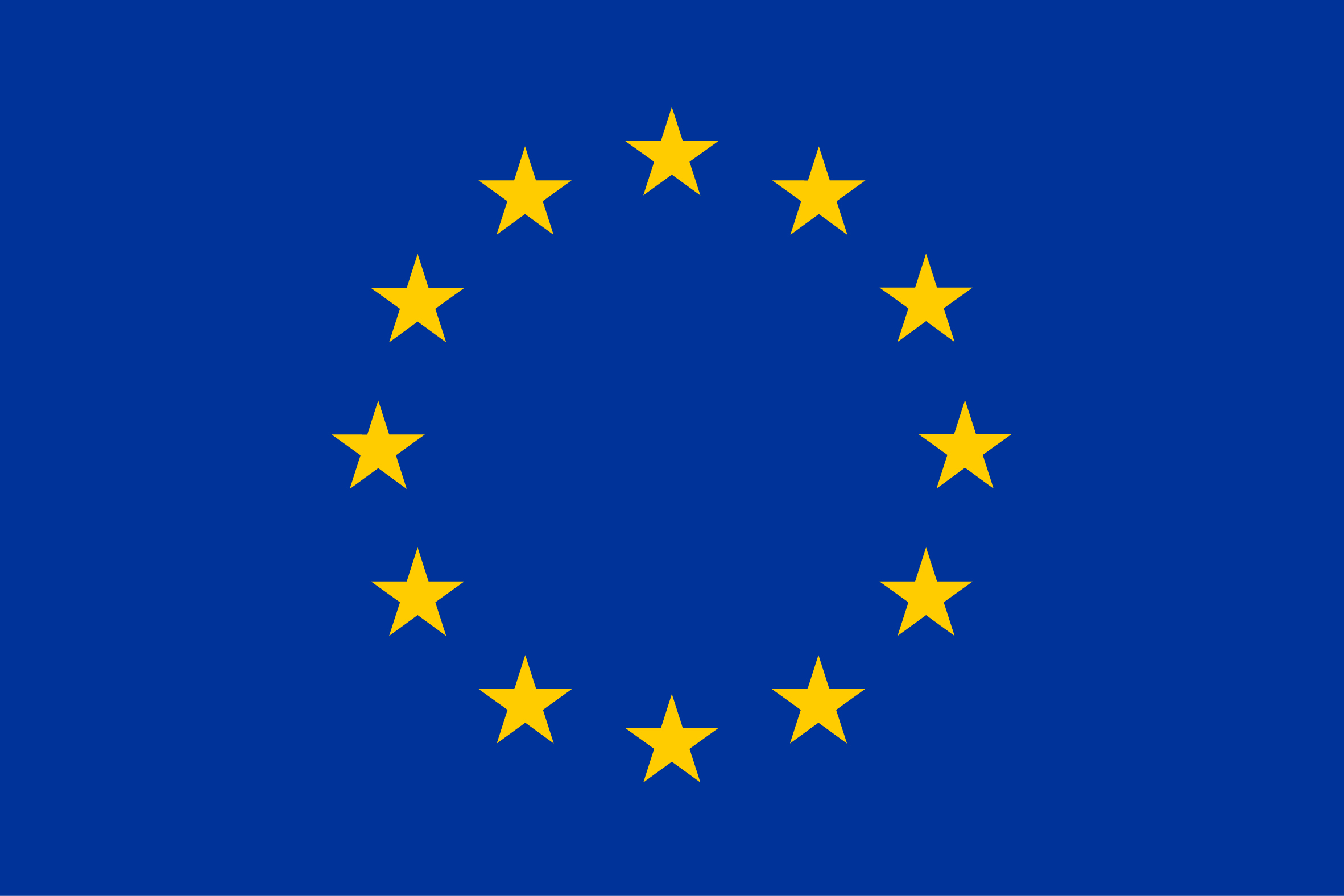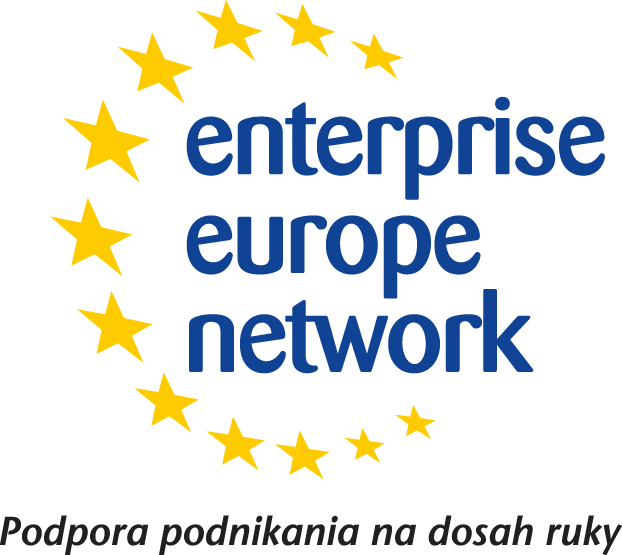Summary:
A Singapore institute of higher learning has developed a building automation and control (BAC) system using model predictive control (MPC) for the optimal, predictive and coordinated control of various service systems including air-conditioning and mechanical ventilation, lighting and shading to reach targets like energy efficiency and occupant wellbeing.
The technology provider is interested in licensing or commercial partnerships with technical assistance with MNEs/SMEs of all sizes.
Description:
Modern buildings are often equipped with building automation and control (BAC) systems for operational control and monitoring. Conventional BAC systems lack the level of intelligence to coordinate the control of complex building systems to achieve multiple targets (energy efficiency, occupant well-being). Most conventional BAC systems have the core control algorithm in a reactive manner such as on/off control or proportional–integral–derivative (PID) control. Due to the complexity of most modern buildings and their Air-Conditioning and Mechanical Ventilation (ACMV) systems, reactive control can practically never achieve the desired control target based on the past measurement information. In addition, reactive control is typical for single-input systems (e.g., room temperature as a single input for ACMV system) but rarely capable of coordinating multiple systems. These limitations in the current reactive BAC systems could lead to low energy efficiency and unsatisfactory human comfort.
A Singapore institute of higher learning has developed a technology that offers a model predictive control (MPC) solution that overcomes such limitations by employing a building model to perform optimal, predictive and coordinated control of various building service systems including ACMV, lighting (automated dimming) and shading (automated blinds and electrochromic windows) and etc. The technology was test bedded in multiple buildings, achieving 20 – 60% of energy savings while greatly improving occupants' thermal and visual comfort. This could largely disrupt the BAC market with intelligent and predictive (instead of reactive) control as well as real-time optimisation.
Technology features:
- Predictive control based on detected/forecasted occupancy loads and weather conditions as well as physics-based/machine-learning-based building dynamic models.
- Integrated human comfort and energy efficiency optimisation by incorporating sophisticated thermal comfort (predicted mean vote) and visual comfort (daylight glare probability) models into building dynamic models.
- The core of MPC technology includes a physics-/machine-learning-based integrated building model, capturing the dynamics of the building, ACMV, lighting, shading systems, occupant thermal and visual comfort, as the basis for the forward prediction capability.
- A fast optimisation algorithm is developed to provide real-time integrated control of multiple building service systems with global optimisation.
- MPC could achieve substantial energy savings and improved thermal and visual comfort as compared to conventional reactive control.
The MPC technology can be applied to various types of buildings (offices, shopping malls, hotels, institutional, etc.) with centralised building management systems (BMS). The technology provides smart energy management to the BMS. It could work as a plug-in module to the existing BMS as a supervisory control layer or as a standalone BMS to the building. The technology also equips buildings with the level of intelligence necessary for cluster/district level control with demand side management (DSM) capabilities for future adaption of building digitialisation and building-grid integration.
The Singapore institute of higher learning is seeking partners (MNEs or SMEs of all sizes) to either license the technology or be a commercial partner with technical assistance rendered by the Singapore institute.
Type (e.g. company, R&D institution…), field of industry and Role of Partner Sought:
The technology provider is seeking for industry partners to collaborate through various modes including technology licensing and test bedding in buildings.
i) Licensing agreement - The partner could license the technology for further development and introduce it to its customers.
ii) Commercial agreement with technical assistance - The partner could utilise the technology with technical support from the technology provider.
Stage of Development:
Field tested/evaluated
IPR Status:
Patents granted
Comments Regarding IPR Status:
PCT Patent Application
External code:
TOSG20210128001


